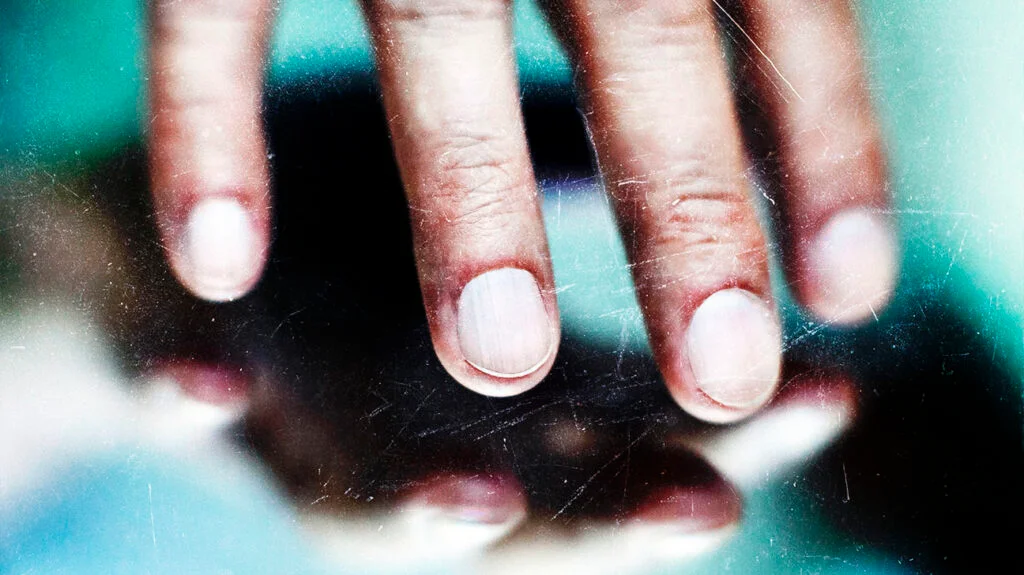Nails are often an overlooked part of our body’s health, but they can provide important clues about our overall well-being. Nail diseases encompass a wide range of conditions that can affect the nails’ appearance, texture, and structure. Understanding these conditions is essential for proper diagnosis and treatment. In this comprehensive guide, we’ll explore various types of nail diseases, their symptoms, and available treatments, supplemented with helpful pictures for easy identification.
1. Fungal Nail Infections:
- Fungal nail infections, also known as onychomycosis, are among the most common nail diseases.
- Symptoms include thickened, discolored nails, crumbling edges, and sometimes foul odor.
- Pictures showcasing different stages of fungal nail infections.
- Treatment options: oral antifungal medications, topical antifungal creams, nail lacquers, and in severe cases, surgical removal of the nail.
2. Psoriasis of the Nails:
- Psoriasis can affect nails, leading to changes such as pitting, ridges, discoloration, and separation from the nail bed.
- Visual aids illustrating the various manifestations of nail psoriasis.
- Treatments may include topical corticosteroids, vitamin D analogs, and systemic medications in severe cases.
3. Onycholysis:
- Onycholysis is the separation of the nail from the nail bed, often starting at the tip and progressing backward.
- Common causes include trauma, fungal infections, psoriasis, and allergic reactions.
- Pictures demonstrating different stages and causes of onycholysis.
- Treatment involves addressing the underlying cause, keeping the nails dry, and avoiding trauma.
4. Ingrown Toenails:
- Ingrown toenails occur when the edge of the nail grows into the surrounding skin, leading to pain, redness, and swelling.
- Visual examples of ingrown toenails.
- Treatment may involve soaking the foot, proper nail trimming techniques, antibiotics for infection, and in severe cases, surgical removal of the ingrown portion.
5. Nail Trauma:
- Trauma to the nails can result from injury, repetitive stress, or harsh chemicals.
- Symptoms include bruising, bleeding under the nail, and nail deformities.
- Pictures illustrating different types of nail trauma.
- Treatment focuses on protecting the nail, managing pain, and allowing time for new, healthy nail growth.
6. Beau’s Lines:
- Beau’s lines are horizontal indentations that develop across the nails due to a disruption in nail growth.
- Various causes include severe illness, injury, malnutrition, and certain medications.
- Visual representation of Beau’s lines.
- Treatment involves addressing the underlying cause and allowing the nails to grow out naturally.
7. Nail Clubbing:
- Nail clubbing is a condition where the nails curve around the fingertips, often associated with underlying medical conditions such as lung or heart disease.
- Pictures demonstrating nail clubbing.
- Treatment focuses on managing the underlying health issue.
8. Nail Pitting:
- Nail pitting presents as small depressions or “pits” on the surface of the nails and is commonly associated with psoriasis.
- Visual examples of nail pitting.
- Treatment may involve topical medications or systemic therapies for underlying conditions.
9. Yellow Nail Syndrome:
- Yellow nail syndrome is characterized by thickened, slow-growing, and yellowish nails, often accompanied by respiratory or lymphatic issues.
- Pictures depicting yellow nail syndrome.
- Treatment targets the underlying cause and may involve medical management of associated conditions.
Nail diseases can significantly impact both the aesthetics and function of the nails. Recognizing the signs and symptoms early is crucial for timely intervention and effective treatment. By familiarizing yourself with the various types of nail diseases, their symptoms, and treatment options, you can better maintain the health and appearance of your nails. Remember, if you notice any concerning changes in your nails, consult a healthcare professional for proper diagnosis and management.


